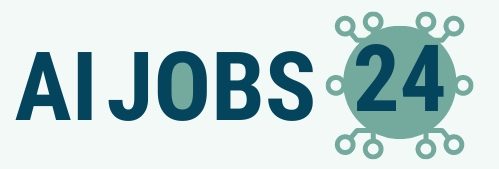The Random Forest algorithm forms part of a family of ensemble machine learning algorithms and is a popular variation of bagged decision trees. It also comes implemented in the OpenCV library. In this tutorial, you will learn how to apply OpenCV’s Random Forest algorithm for image classification, starting with a relatively easier banknote dataset and
The post Random Forest for Image Classification Using OpenCV appeared first on...
The Naive Bayes algorithm is a simple but powerful technique for supervised machine learning. Its Gaussian variant is implemented in the OpenCV library. In this tutorial, you will learn how to apply OpenCV’s normal Bayes algorithm, first on a custom two-dimensional dataset and subsequently for segmenting an image. After completing this tutorial, you will
The post Normal Bayes Classifier for Image Segmentation Using OpenCV...
In a previous tutorial, we have explored the use of the Support Vector Machine algorithm as one of the most popular supervised machine learning techniques that comes implemented in the OpenCV library. So far, we have seen how to apply Support Vector Machines to a custom dataset that we have generated, consisting of two-dimensional points
The post Support Vector Machines for Image Classification and Detection Using OpenCV appeared first on...
Sponsored Content By Rajan Mistry Sr. Applications Engineer with the Qualcomm Developer Network Today, you can’t help but read the media headlines about AI and the growing sophistication of generative AI models like Stable Diffusion. A great example of a use case for generative AI on Windows is Microsoft 365 Copilot. This AI assistant can
The post Hardware-Accelerated AI for Windows Apps Using ONNX RT appeared first on...
One of the pre-processing steps that are often carried out on images before feeding them into a machine learning algorithm is to convert them into a feature vector. As we will see in this tutorial, there are several advantages to converting an image into a feature vector that makes the latter more efficient. Among the
The post Image Vector Representation for Machine Learning Using OpenCV appeared first on MachineLearningMastery.com....
In the previous post, you saw that OpenCV can extract features from an image using a technique called the Histogram of Oriented Gradients (HOG). In short, this is to convert a “patch” of an image into a numerical vector. This vector, if set up appropriately, can identify key features within that patch. While you can
The post How to Train a Object Detection Engine with HOG in OpenCV appeared first on MachineLearningMastery.com....
The Support Vector Machine algorithm is one of the most popular supervised machine learning techniques, and it comes implemented in the OpenCV library. This tutorial will introduce the necessary skills to start using Support Vector Machines in OpenCV, using a custom dataset that we will generate. We will then apply these skills for the specific
The post Support Vector Machines in OpenCV appeared first on MachineLearningMastery.com. Source...
In the previous post, you learned some basic feature extraction algorithms in OpenCV. The features are extracted in the form of classifying pixels. These indeed abstract the features from images because you do not need to consider the different color channels of each pixel, but to consider a single value. In this post, you will
The post Image Feature Extraction in OpenCV: Keypoints and Description Vectors appeared first on...
At the very start of your machine learning journey, making use of publicly available datasets alleviates the worry of having to create the datasets yourself, and rather lets you focus on learning to use the machine learning algorithms. It also helps if the datasets are moderately sized and do not require too much pre-processing, to
The post Image Datasets for Practicing Machine Learning in OpenCV appeared first on MachineLearningMastery.com....
Besides the feature descriptor generated by SIFT, SURF, and ORB, as in the previous post, the Histogram of Oriented Gradients (HOG) is another feature descriptor you can obtain using OpenCV. HOG is a robust feature descriptor widely used in computer vision and image processing for object detection and recognition tasks. It captures the distribution of
The post Extracting Histogram of Gradients with OpenCV appeared first on...
